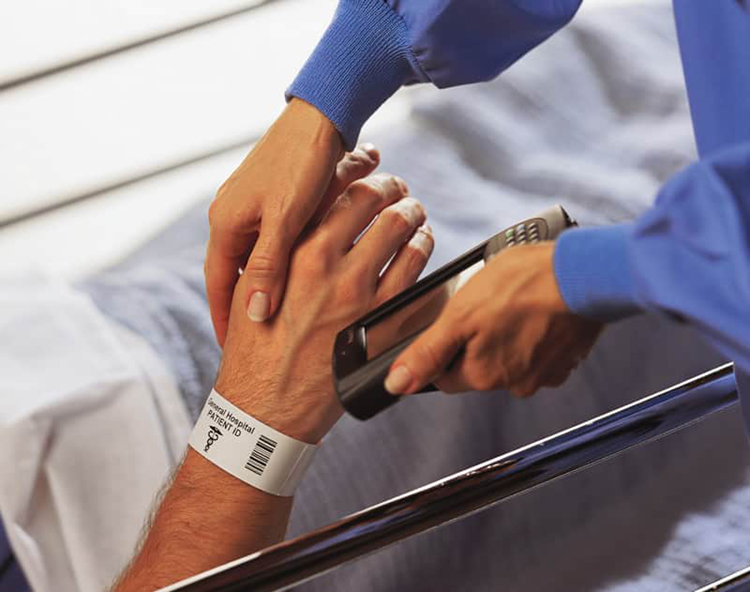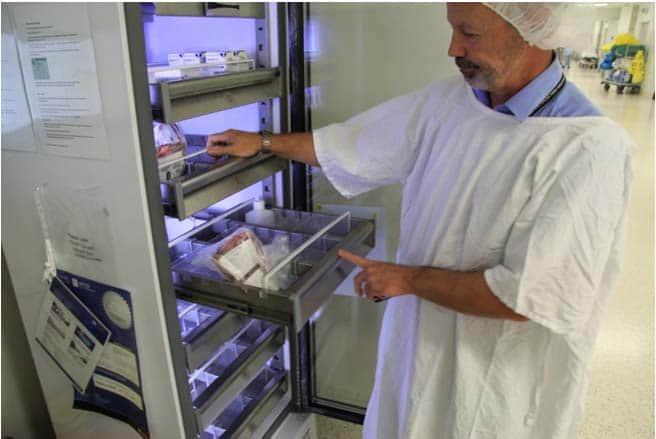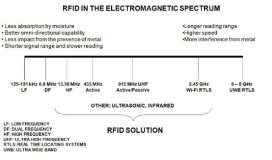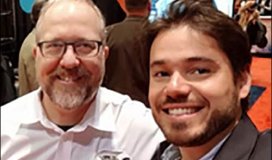Location-tracking solutions company Harland Simon has expanded its RFID technology by partnering with PervasID, a Cambridge, England-based RFID technology firm. Several hospitals have piloted PervasID's new Space Ranger 9200 overhead reader as part of their Harland Simon RFID Discovery system, to automatically track the movements of assets and equipment.
NHS Forth Valley, in Scotland, and Addenbrooke's Cambridge University Hospital have both completed pilots of the technology as part of their existing RFID Discovery solutions (see Scottish Hospital Expanding Hybrid Active and Passive RFID System and RFID Boosts Medical Equipment Usage at U.K. Hospital).

NHS Trust hospitals are in various stages of implementing technology to bring visibility to their assets as part of the national Scan4Safety initiative, a U.K, Department of Health program intended to boost health-care transparency and safety. Approximately 25 hospitals are working with Harland Simon on RFID-based solutions, according to Andrew James, Harland Simon's director of commercial operations
Early in 2017, Harland Simon entered into conversations with PervasID regarding its reader technology. "We had a close look at their technology and setup some tough trials," James says. That began in-house at the Harland Simon facility, where RFID tags were placed at challenging locations and orientations, and the Space Ranger reader was tasked with finding them.
The space included metal shelves, and Harland Simon applied approximately 100 tags to a variety of challenging items, such as tightly packed metal or liquid containing objects. They placed the tags at a variety of locations as well, such as on the bottom, between two items, or facing directly away from the reader. The reader had captured more than 50 percent of the tags within less than five seconds, James says, and had collected 95 percent of the tag ID numbers within a minute. Those early tests, he adds, proved the reader could be what he called a game changer for some health-care facilities that are Harland Simons' customers.

Health-care facilities can serve as a challenging environment for passive RFID. The presence of liquid or metal poses unique challenges, while the speed at which some items may pass a reader create another problem for standard RFID technology.
Most hospitals using Harland Simon's RFID Discovery system are employing active real-time location system (RTLS) RFID tags to identify the location of high-value ultrahigh-frequency (UHF) RFID tags to track the location of high-value, mobile assets, such as infusion pumps, monitors, beds and scanners. Since the active tags are relatively expensive and large (compared to many passive tags), they can be unsuitable for smaller or lower-value items. For that reason, hospitals in some cases install UHF reader gates at specific areas, in order to identify when items with lower-cost UHF RFID tags pass through a portal. They also use passive RFID readers mounted on wheeled trolleys (carts) that can be rolled through specific areas to conduct inventory counts or use handheld readers to audit small areas or locate specific equipment.
However, James notes, with the PervasID reader, that data could be collected in areas around that reader in real time, with high accuracy. "Our objective is to offer a combination of technology," he says, with both active and passive tags and readers.
The Space Ranger reader, featuring eight antenna ports, was installed in the ceiling tiles of NHF Forth Valley and Addenbrooke within each facility's clinical engineering department. At each site, four antennas were installed in the four corners of the read area, with the other four antennas being installed in the center. "It was very easy to install," James states. "You just pop the antenna above the ceiling tile."
The reader captured tags within about an 11-meter by 7- meter (36-foot by 23-foot) area about 2.5 meters (8.3 feet) high. Items with passive UHF RFID tags attached to them were then moved through the room in which the readers were mounted, and Harland Simon and the hospitals measured the results. They were able to track items such as infusion pumps, syringes and any other devices that must cycle through the clinical engineering department for servicing and maintenance.


